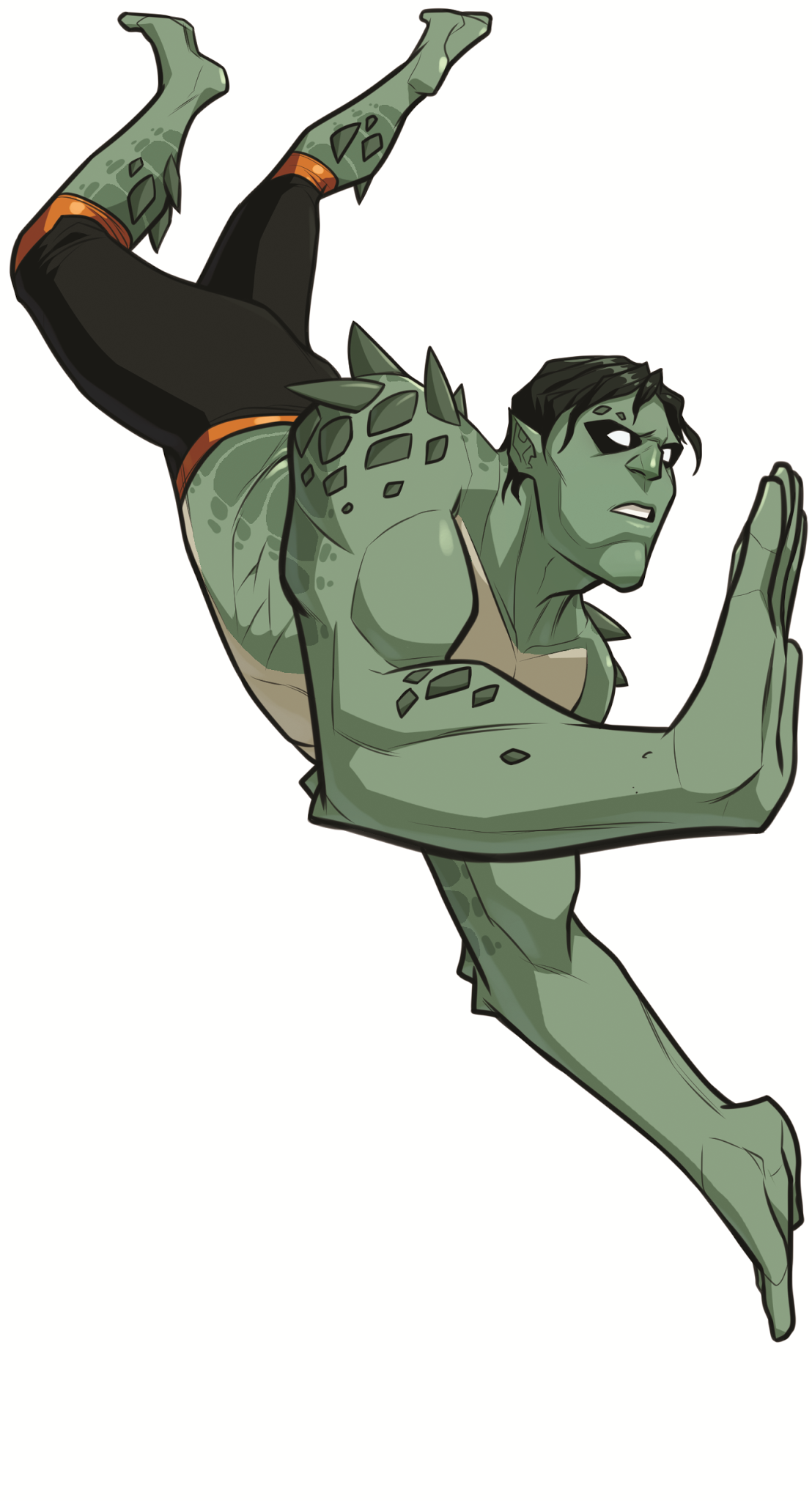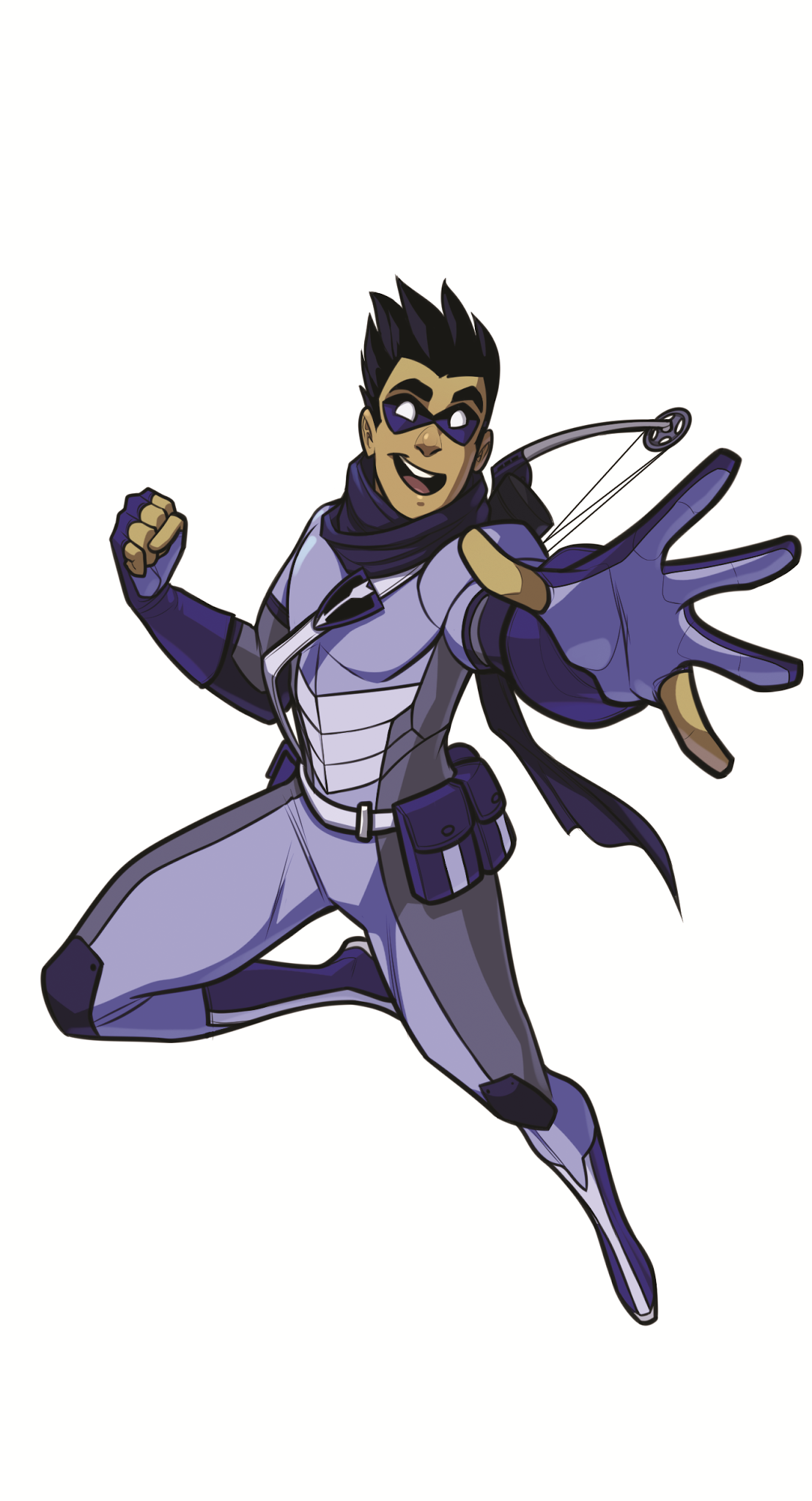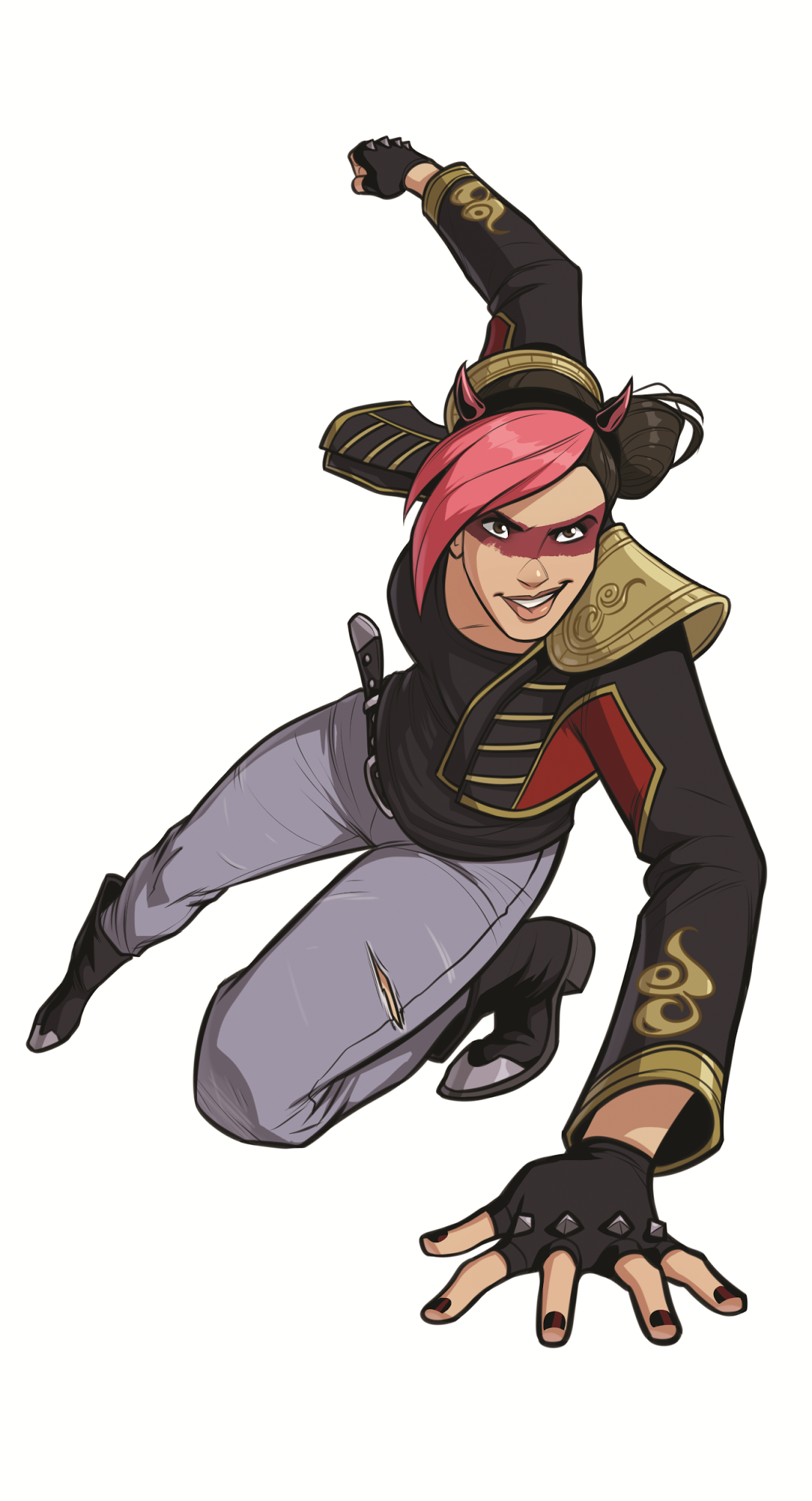First I’d like to say I’ve never been so enthusiastic about an AW hack since Monsterhearts. So I’m translating documents in french to play it tomorrow and I have some questions:
1/What technical differences do you make between vulnerable/opportunity/critical opportunity/opportunity for the opposition ?
2/If I directly engage a threat, does the option “impress, surprise, or frighten the opposition.” has a particular use regarding the Condition the opponent will have to mark ? Could it even be mandatory or will the Conditions still be marked one after another by hitting a vilain even if there is no particular reason in the fiction ? Should the hero have to search what Conditions a vilain can have so they can see how they can affect him ?
3/My Hero is threatened by a crumbling building over is head or a death ray from from a vilain. How can he defend : unleashing his powers / directly engaging a threat with a 7+ choosing “resist avoid blows” ?
Thanks in advance for your reply.
Kal




